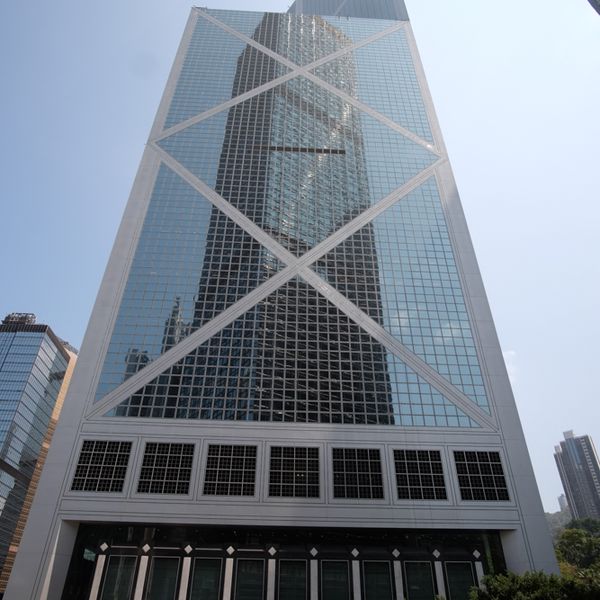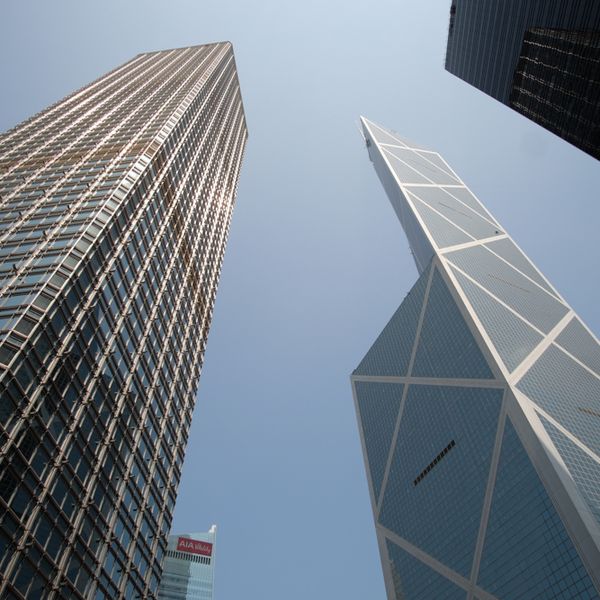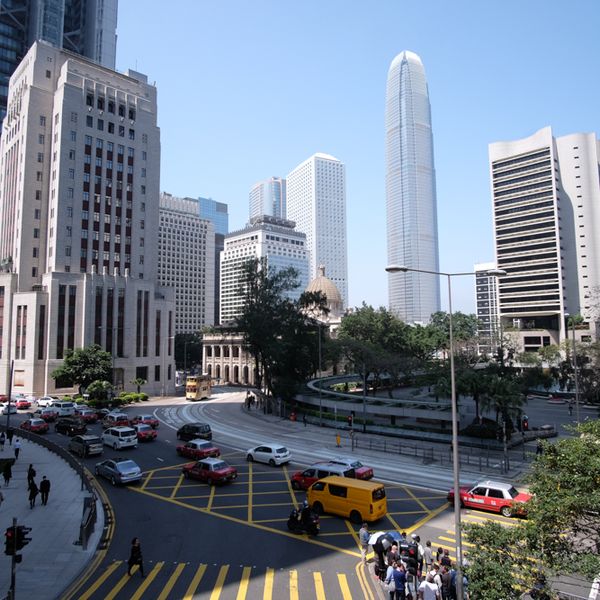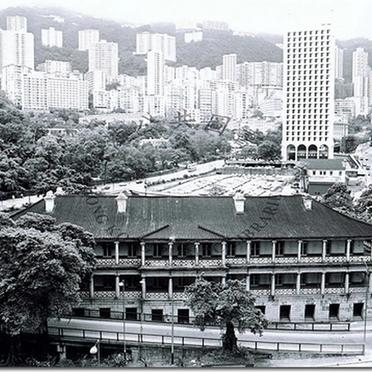
Chinese-inspired design by a world-famous architect



- 1 Garden Road
- Mon-Fri 8am - 8pm, Sat 8am - 2pm
- Website
The dramatic triangular shape of the tower is considered to have bad feng shui, since its sharp edges resemble a knife.
Chinese bank, Chinese architect
IM Pei was born in Guangzhou, raised in Hong Kong and educated in the United States, where he went on to become the most famous Chinese architect of the 20th century. In the 1980s, when it bought land to build a new headquarters in Hong Kong, the Bank of China wanted to make a statement by hiring Pei.
Murray House

The site chosen for the new bank headquarters was occupied by Murray House, a neoclassical military structure built in 1844. In 1980, the government sold the land to the Bank of China at below market value, sparking a public outcry. Despite its heritage status, Murray House was dismantled brick by brick and put into storage. In 2001, it was rebuilt on the waterfront of Stanley, on the south side of Hong Kong Island.
Bamboo architecture
Pei’s design for the new 315-metre tower was inspired by bamboo shoots. It was an engineering marvel, the first high-rise building in the world to use a space frame structure. When it was completed in 1990, it was the tallest building in Asia and the first building outside the United States to reach more than 305 metres or 1,000 feet. Today, the tower is the fourth tallest building in Hong Kong.
Bad feng shui?
The dramatic triangular shape of the tower is considered to have bad feng shui, since its sharp edges resemble a knife. Pei, who considers himself a modernist with no time for superstition, said he did not consult a feng shui master. That said, the water garden around the building’s base was designed specifically to improve feng shui.
